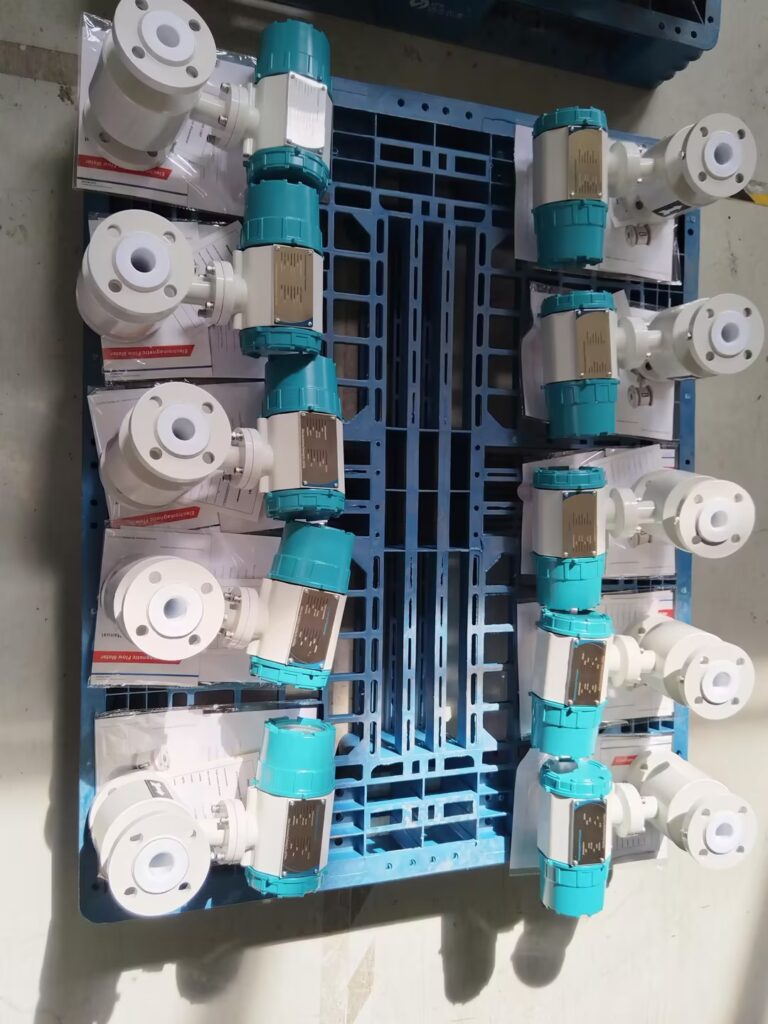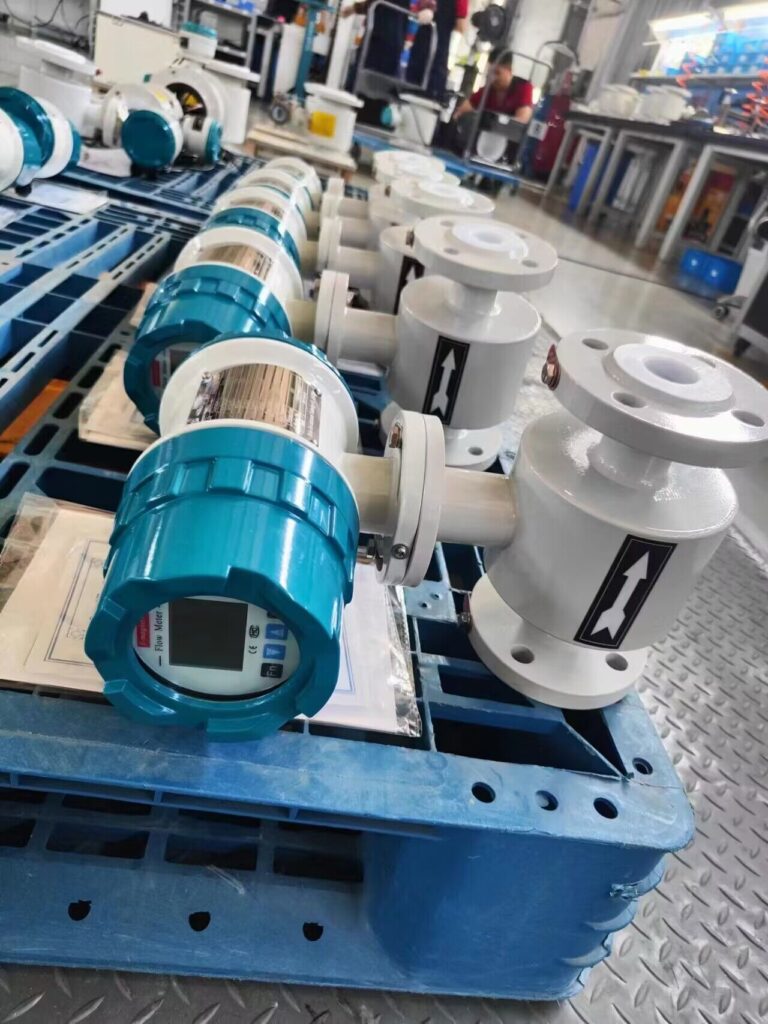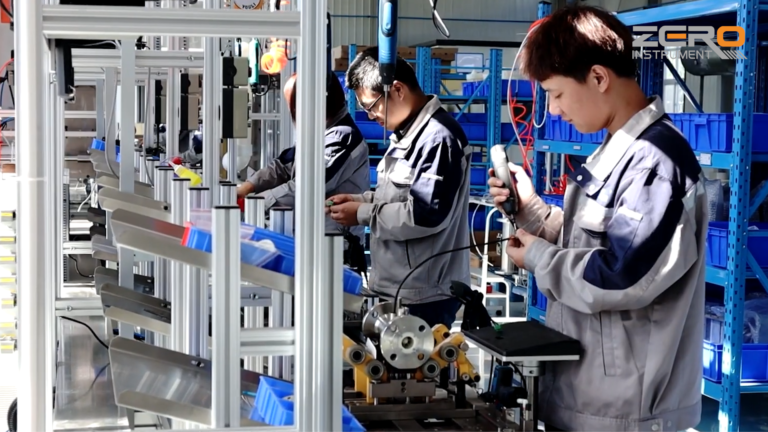Selecting a suitable flow meter is a critical decision in any process control or measurement system. The right choice not only ensures accurate and reliable data, but also minimizes installation, operation, and maintenance costs throughout the instrument’s life cycle.
To make an informed decision, users must fully understand the operating principles of different flow meter types, the characteristics of the measured fluid, and the specific requirements of the installation site. In general, the following five key factors should be considered when selecting a flow meter:

1. Performance Requirements
Begin by identifying what level of performance is required for your application:
Accuracy and repeatability: What is the acceptable measurement error?
Measurement range: What is the minimum and maximum expected flow rate?
Response time: How fast must the instrument react to changes in flow?
Output and communication: Do you need analog output, digital signals, or advanced communication protocols (e.g., Modbus, HART, Profibus)?

2. Fluid Characteristics
The properties of the fluid being measured play a major role in determining the appropriate flow meter type:
Fluid type: Liquid, gas, steam, slurry?
Viscosity and density: Are they constant or variable?
Temperature and pressure: Extreme conditions may limit instrument selection.
Chemical compatibility: Does the fluid react with certain materials?
Some flow meters (e.g., Coriolis, ultrasonic) are better suited for high-viscosity or non-conductive fluids, while others (e.g., electromagnetic) require conductive liquids.
3. Installation Conditions
The installation environment and piping layout can affect the performance of the flow meter:
Pipe size and material
Available straight pipe lengths upstream and downstream of the meter
Accessibility for installation and future maintenance
Orientation: Some meters require specific installation positions (e.g., horizontal vs vertical)
Certain types like vortex or differential pressure meters require long straight pipe runs, while others such as positive displacement meters are more tolerant of disturbed flow profiles.

4. Environmental Conditions
Environmental factors can impact both the selection and longevity of a flow meter:
Ambient temperature and humidity
Ingress protection (IP) rating
Explosion-proof or flameproof requirements for hazardous areas
Exposure to dust, vibrations, or corrosive gases
For example, ultrasonic flow meters with external transducers may not be ideal in areas with extreme vibration or electromagnetic interference.

5. Economic Considerations
The true cost of a flow meter goes beyond the initial purchase price. Total cost of ownership should include the following:
5.1 Purchase Cost
Some flow meters may seem economical initially, but require additional components to function properly. For example, differential pressure flow meters may need transmitters, restrictors, impulse lines, and fittings, adding to the overall cost.
5.2 Installation Cost
Consider costs associated with:
Additional piping or support structures
Straight pipe requirements
Bypass lines for maintenance
Valves, filters, or mounting accessories
Flow meters that require minimal installation space and fewer accessories may reduce upfront infrastructure costs.
5.3 Operating Cost
This includes:
Energy consumption: Some meters generate pressure losses that require higher pumping energy (e.g., orifice plates, turbine meters).
Power supply needs: Battery-powered vs loop-powered vs AC-powered devices.
Flow meters with minimal pressure drop such as electromagnetic and ultrasonic types often result in lower operating costs over time.
5.4 Calibration and Testing Cost
Meters used in custody transfer or trade measurement may require periodic calibration using certified equipment or field validation methods, increasing the cost of compliance.
5.5 Maintenance and Spare Parts
Flow meters with moving parts (e.g., turbine, PD meters) require regular maintenance and replacement of wear parts.
Non-intrusive and solid-state meters (e.g., ultrasonic, Coriolis) typically have lower maintenance needs.
Be aware that some imported flow meters may have longer lead times for replacement parts, potentially affecting system uptime.

Conclusion
Selecting the right flow meter requires a comprehensive evaluation of both technical and economic factors. While there is no “one-size-fits-all” solution, understanding your application’s specific needs — including fluid characteristics, installation environment, and long-term operating costs — will help ensure you choose the most suitable and cost-effective instrument.
In general:
For large pipe sizes, select low-pressure-drop meters such as ultrasonic or electromagnetic flow meters.
For custody transfer, consider Coriolis or positive displacement meters for their high accuracy.
For general-purpose industrial applications, vortex or differential pressure meters offer a balance between cost and performance.
